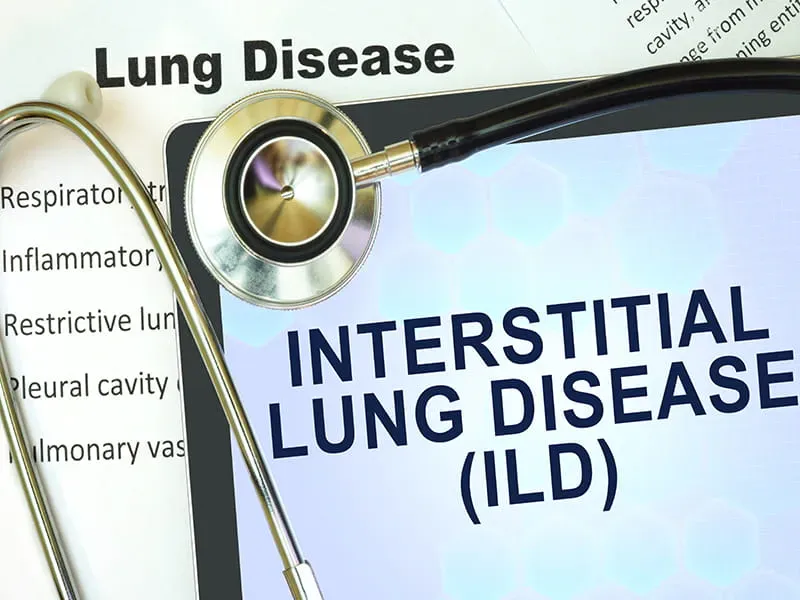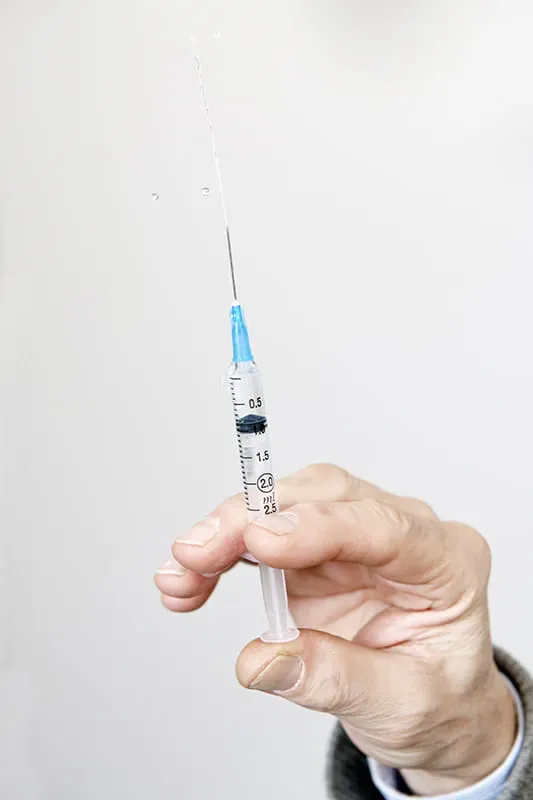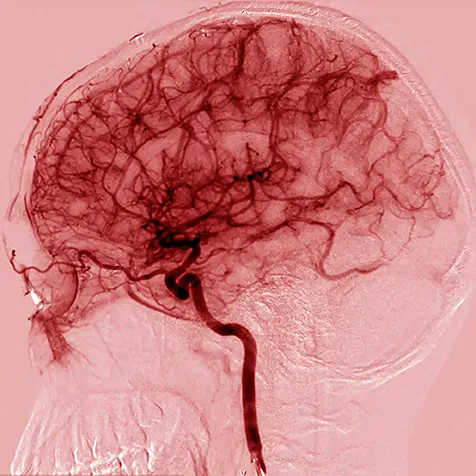Brivaracetam Significantly Effective in Epilepsy Patients in Clinical Practice
24 Sep, 24
Introduction
Open-label and phase III studies on brivaracetam have shown good efficacy and high retention rates in focal-onset and genetic generalized epilepsies. However, there is a lack of evidence from real-life clinical practice.
Aim
To evaluate the efficacy and tolerability of brivaracetam in patients with epilepsy in everyday clinical practice.
Patient Profile
- 156 epilepsy patients (>16 years of age) receiving brivaracetam and having at least one follow up encounter after dose titration
Method
Study Design
- Retrospective, observational, multicenter, post-marketing study
Endpoints
- Responsiveness
- Tolerability
Results
Efficacy
- Brivaracetam initiation achieved a rate of >50% responders in 71% patients, which included seizure cessation in 36% patients, at the first follow up visit (Figure 1)
- In a subgroup of patients with drug-resistant epilepsy, brivaracetam initiation treatment scored the >50% response rate in 62% patients, including 22% patients who achieved seizure freedom
- In patients switched from levetiracetam, brivaracetam achieved >50% response rate in 79%, including 30% patients who became seizure free
- The mean dose of brivaracetam intake was 172 mg and the dose range was 50–300 mg.
- No significant difference was noted in the effect on seizure frequency between two different brivaracetam dosing groups (50-150 mg vs. 200-300 mg)
- No significant difference was recorded in the effectiveness of brivaracetam treatment regarding focal or generalized epilepsy syndrome
Figure 1: Seizure frequency percentage change after brivaracetam treatment
Safety
- Clinically significant adverse events (AE) seen in 17% (most frequent events were somnolence in 4% and fatigue in 4%), but none were life threatening
- Sixteen patients discontinued brivaracetam after the first follow up due to lack of efficacy, AEs or both
- In patients switched to brivaracetam from levetiracetam, 12% patients suffered from AEs with 5% of them displaying behavioral AE (irritation and anxiety); most common AEs were dizziness (5%) and somnolence (5%)
Conclusion
Brivaracetam effectively achieved seizure control and good safety profile in everyday clinical practice in epilepsy patients.
Pharmaceuticals 2021, 14, 165.










